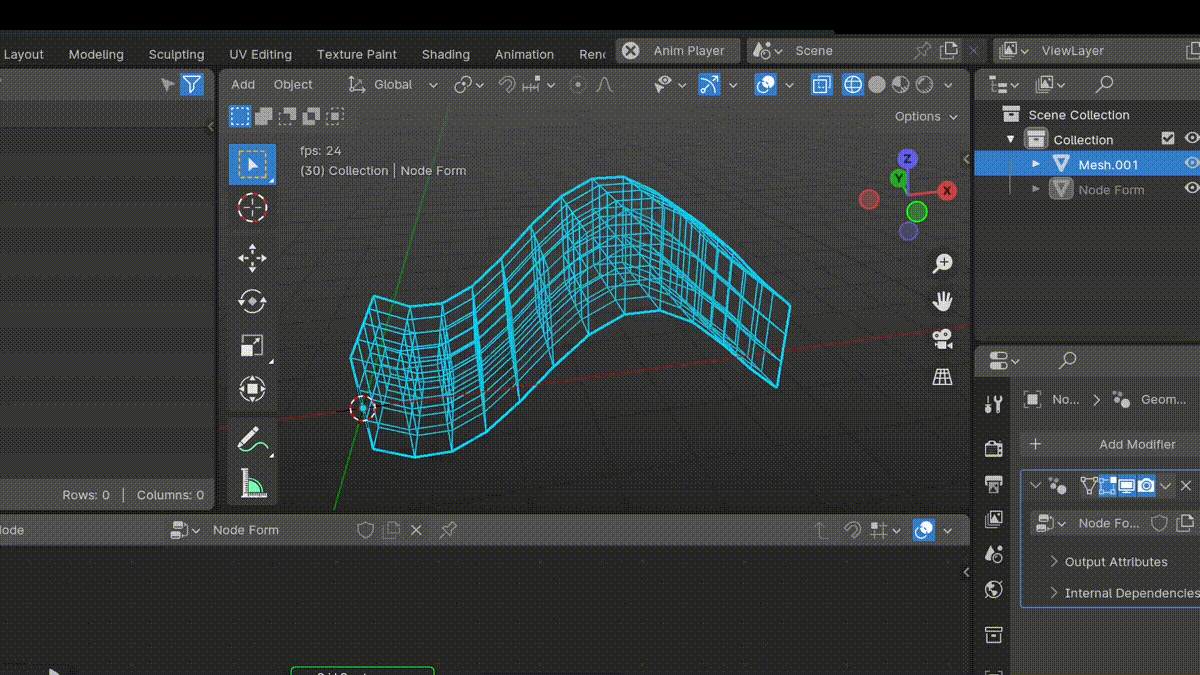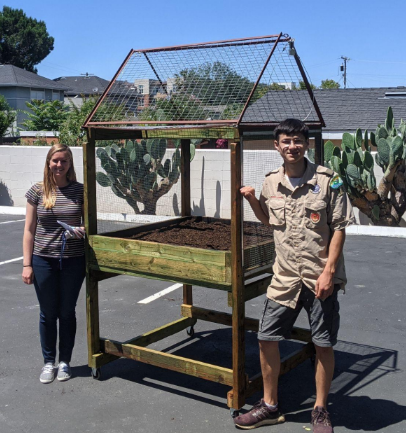Node Form
The “Node Form” project was an open sourced plugin made for Blender. It is an extension that allows users to enter a mathematical parameterization into a graphical interface and receive an animated visualization of their transformation.
Mathematical transformations are quite beautiful, but not everyone has the background to see them from equations alone. I wanted to give others the ability to see them, through my software. During my freshman year of college, I finished my first version of the program. It was not until nearly a year later when I completely finalized my project. The results of which can be found here on my github, and the tutorial for it is linked here.

Alameda Garden
The Alameda Garden is a specialized garden bed designed for the residents of the Alameda Homeless Shelter in San Jose. It is rollable, elevated, and able to be closed and locked during the night.
I joined the Boy Scouts in the summer of 2016. I have made plenty of great friends and learned many great lessons during my time there. I attained the rank of Eagle Scout on November 9, 2021. A major requirement of this highest rank is the completion of the Eagle Project. The project was built for the residents of the Alameda Homeless Shelter during the COVID-19 Pandemic. Of the activities available to them during the quarintine times, gardening was one that many enjoyed. However, due to security procol, there were no garden beds available to them, only pottery. This project provided the residents with a garden bed which remained secure during the night. For more details on the project, information can be found here.
